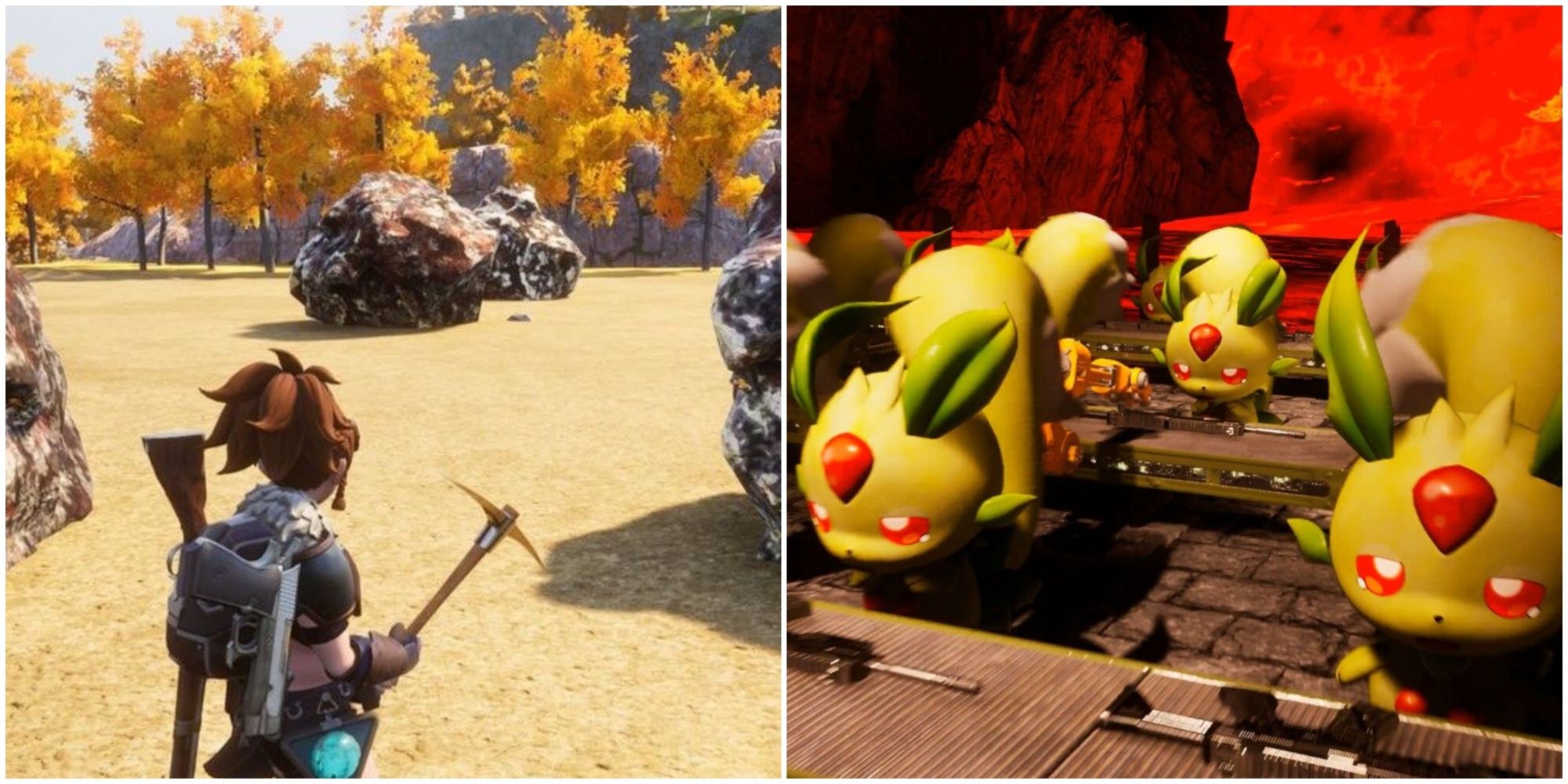
Pumphouse Commercial and Residential Building / 5468796 Architecture
www.archdaily.com
Pumphouse Commercial and Residential Building / 5468796 ArchitectureSave this picture! James BrittainWinnipeg, CanadaArchitects: 5468796 ArchitectureAreaArea of this architecture projectArea:5156 mYearCompletion year of this architecture project Year: 2024 PhotographsPhotographs:James BrittainManufacturersBrands with products used in this architecture project Manufacturers: dormakaba, Savaria, Duxton Windows & Doors, KlarTech, Penner Doors and Hardware, Vicwest, Wallworks Acoustic Architectural Products, thyssenkruppMore SpecsLess SpecsSave this picture!A mixed-use redevelopment on former railway lands, Pumphouse demonstrates how heritage, site, and budget challenges can inspire innovation, sparking new ideas about attainable housing design and city-building. Originally constructed in 1906 to improve the city's water supply system, the James Avenue Pumping Station closed in 1986 and was slated for demolition. After 17 failed attempts to revive the building within Winnipeg's Exchange District National Historic Site, 5468796 Architecture convinced an existing client to connect with the City-as-owner to take on an unsolicited conceptual design proposal and financial pro-forma, leading to the building's successful preservation and new life. The project approaches the existing Pumping Station as a "found object", integrating an office and restaurant within while flanking the heritage building with two residential blocks that push the potentials of multi-family housing.Save this picture!Two specific interventions made the project viable: in the first phase, the capacity of the original gantry crane structure was leveraged to suspend a 'floating floor' above the pump hall machinery, enabling the brick building to be fully repurposed as an office and a restaurant. Second, a zoning amendment was obtained to build a five-story residential building on a 40-foot sliver of land between the heritage building and the street, arguing for a reinstatement of the original industrial streetscape that abutted the former railway line. Along with a second, wider apartment building on the opposite end of the Pumping Station, the residential developments made the project financially feasible while also expressing a distinct historical narrative within a district undergoing major transformation. In contrast to previous attempts, the solution displays the pumping equipment in its found state. The new flexible office floor plate hovers above, providing optimal views enhanced by floor-to-ceiling glazing, constructed efficiently and economically with off-the-shelf materials. New skylights pierce the roof, drawing natural light deep into the expansive space. All entrances encounter the equipment before reaching any newly built components, letting the "found object" form the user experience.Save this picture!Save this picture!The commercial spaces are grounded in the straightforward industrial quality of the place. The walls are defined by steel studs and stiffening bars that cut the required glazing thickness in half and eliminate the need for skilled installers, which in turn sped up the construction, made it more affordable, and reduced the building's embodied carbon by half. The language of the two residential buildings also builds on the industrial character of the site. They are each elevated on columns that extend the grid of the gantry crane structure and create sightlines to the historic building. The buildings are composed of dual-aspect shotgun apartments and use 100-year-old Nail Laminated Timber (NLT) technology as the floor and ceiling structure, taking precedent from warehouse construction prevalent throughout the Exchange District.Save this picture!Save this picture!Save this picture!Save this picture!Each of the residential buildings is offset from the existing building, creating new pedestrian lanes that respect the original Pumping Station envelope, reference a human scale, and expand the ground floor commercial frontages. The massing plan highlights connections between the old and the new. Barrier-free access points are nestled along pathways between the historical facade and new residential entrances, and within, moments of compression and expansion feature two outdoor amphitheaters, public plazas, and bridges that circulate residents between the residential blocks and the heritage building. The weaving nature of these passageways extends the winding streets that define the area and integrates diverse forms of public space as an essential component of the project's planning scheme.Save this picture!The residences fundamentally rethink developer multi-family housing efficiency targets, turning the typical Winnipeg apartment building inside-out. Open-air egress transforms nondescript interior corridors into vibrant exterior passageways. The walkways weave within and around the new and existing buildings and become an extension of the suites, creating communal space for neighbourly interaction. The north and south elevations are defined by open-air stairwells, providing a sequence of unexpected experiences with unobstructed vistas to the city, adjacent river, and park. Both buildings employ a "skip-stop" configuration, where access to suites on every second floor is provided within the unit itself, significantly increasing efficiency and embodied energy by essentially halving the corridor footprint, as well as enabling through-suites with ventilation and natural light from two directions.Save this picture!Save this picture!Save this picture!This multi-faceted, mixed-use development is the first proposal on the site that has gained the support of the community at large, the neighbouring condominium complexes, and the historic buildings committee at the City of Winnipeg. The original Pumping Station is brought back to life with simple, creative problem-solving, fueling design decisions and enacting a contemporary understanding of the potentials of design excellence in harsh environmental and economic climates of the Prairies resulting in an exemplary revitalization project both deeply rooted in the site's history, at the same time reorienting it, for the first time in 50 years, towards a vibrant and socially active parcel of the city.Save this picture!Project gallerySee allShow lessProject locationAddress:Winnipeg, MB, CanadaLocation to be used only as a reference. It could indicate city/country but not exact address.About this office5468796 ArchitectureOfficePublished on February 09, 2025Cite: "Pumphouse Commercial and Residential Building / 5468796 Architecture" 09 Feb 2025. ArchDaily. Accessed . <https://www.archdaily.com/1026564/pumphouse-commercial-and-residential-building-5468796-architecture&gt ISSN 0719-8884Save!ArchDaily?You've started following your first account!Did you know?You'll now receive updates based on what you follow! Personalize your stream and start following your favorite authors, offices and users.Go to my stream
0 Comments
·0 Shares
·47 Views











